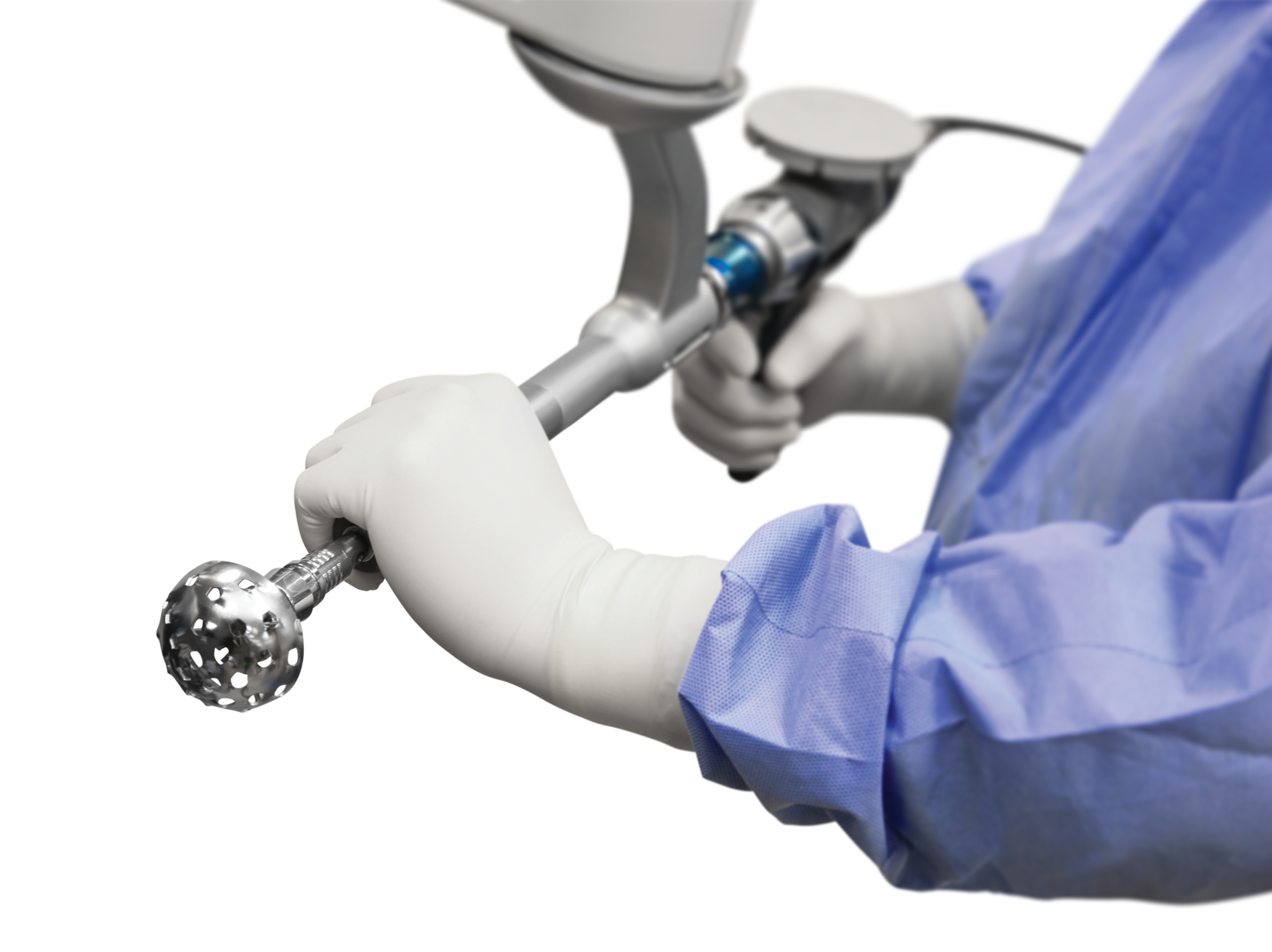Robotic Assisted Joint Replacement
Robotic arm-assisted knee replacement using the MAKO platform is a relatively new technology. The actual knee implant used is exactly the same whether having a traditional or robotic assisted knee replacement. Utilizing the MAKO robotic-arm assisted knee allows for a personalized, unique surgical plan and implantation that is customized to your anatomy. The hope is that this will result in improved results from surgery including how long a knee replacement can last. At this point, this should still be considered a theoretic advantage as long term results are being evaluated and compared to the very good long term results of traditional knee replacement.
How it works:
Here is an animation of a robotic hip replacement:
Here is an animation of a robotic knee replacement:
First, a CT scan of your arthritic joint is taken. A CT scan is a 3D image of the joint. This CT scan is uploaded into the Mako System software and then a 3D model of your joint is created. This 3D model is used to create a custom plan for your joint before you even enter the operating room.
In the operating room, we will have your personalized surgical plan ready to go. Then, specific and small adjustments are made on the computer to how the implant should be positioned in order to match the implant to your specific joint. Once satisfied with how the implant fits on the computer, the robotic arm is given the final position of the implant. Finally, the robotic arm is brought in, and under surgeon control and direction, your joint is precisely prepared so that the virtual plan on the screen is turned into a real plan. This allows for an implant that fits specifically to your hip or knee. This technique should result in an improved fit which could ultimately improve satisfaction and longevity of your joint replacement. The operation does take a little longer than a non-robotic joint replacement and extra time is spent in the planning phase of the operation.
Contact us to make an appointment to discuss your case and if robotics is appropriate for you!
Michael Burris, MD



